
Uncertainty and disruptions associated with the Covid-19 ( Coronavirus) outbreak in China continue to dog the global LNG markets.
Globally, spot LNG prices remain low as the markets work through significant disruptions of cargoes that are scheduled to go to China through March and beyond, according to the consultancy Poten & Partners.
Faced with indications that additional declarations of force majeure could come from PetroChina and other importers, suppliers including Total, Shell and Qatargas have rejected the force majeure notices they previously received from CNOOC on the grounds that high storage levels and slack demand are not force majeure events.
PetroChina has received force majeure notices from its downstream customers and has warned suppliers it may have to do the same. At the same time, buyers and sellers are working to avoid significant commercial disputes when possible.
CNOOC eventually received Total’s Energy Confidence, on which it had originally sought to invoke force majeure, at the Tianjin terminal on Feb. 7. Sources say that the two parties have come to an understanding under which CNOOC took the cargo in return for Total deferring other cargoes. Total has found other buyers in its portfolio to take at least some of these cargoes.
Qatargas, which received force majeure notices from CNOOC, continues to negotiate with its Chinese clients. CNOOC had previously failed to lift some of the volumes under its 2 MMt/y contract with Qatargas, but they eventually agreed on a deferment schedule and terms. PetroChina is said to have asked Qatargas to defer prompt cargoes under two contracts.
Sinopec is said to have already agreed with ExxonMobil to adjust the delivery of prompt cargoes under its Papua New Guinea LNG contracts.
One challenging issue is the pricing of deferred cargoes, Poten & Partners said. Buyers argue that deferred cargoes should be delivered at today’s prices. Sellers stuck with unwanted cargoes want to get paid for deferred cargoes now and keep their options open later. For deferments prior to the Covid-19 outbreak, sellers issued invoices for deferred cargoes but insisted on reconciliation in favor of the seller between the take-or-pay price at deferral and the price when a deferred cargo is delivered. If the price is higher when the cargo is delivered, the buyer pays the difference. In these cases, buyers do not benefit if prices go lower.
Virus impact to be significant
The Covid-19 outbreak will have a major impact on Chinese LNG demand, according to Poten’s latest short-term forecast.
Between February and April, China is expected to take roughly 49 cargoes – 3.3 MMt – less than previously forecast. The largest impact is expected in February (20 fewer cargoes or 1.3 MMt) with smaller decreases in March and April. Following that, there may be a slight rebound in demand for LNG as deferred cargoes arrive, assuming the epidemic has run its course.
The most pressing question is where these missed shipments will find a home in an already saturated market. Indian importers have stepped up buying, picking up cargoes at around $2.50/MMBtu, a steep discount off already low LNG prices. There may be room for a few incremental cargoes in Japan or Korea, however, tanks are full due to the warmer winter and stagnant demand. Cargo cancelations by Japanese lifters are unlikely in the near-term due to available tank space. Beyond March, however, there may be little choice but to bite the bullet, industry sources say.
Opportunistic buying has emerged from traders looking to backfill their positions and a few buyers taking distressed cargoes. Vitol, Gunvor and Trafigura are looking for spot cargoes for March and April. Pavilion Energy is seeking a cargo. There also are eight idled vessels outside Qatar’s LNG port of Ras Laffan. It is unclear why the vessels are idled. Some may be subject to quarantine after calling at Chinese ports, while at least one cargo originally bound for China is awaiting instructions on a new destination.
European markets appear to offer little hope
Lower forward prices at the Dutch Title Transfer Facility (TTF) have left lifters of US cargoes facing the possibility that they will not recover variable costs for much of summer 2020. In mid-2019, prompt prices sank as well but the collapse was not sustained enough to trigger loading cancelations due to the advance notice required for shut-ins. Lifters of US cargoes with cancelation rights must provide two months’ notice to producers.
The treatment of shipping as a sunk cost – or not – depends on lifters’ ability to charter out vessels at a profit. In relative terms, profitable sub-charter opportunities will incentivize US offtakers not to lift, whereas unfavorable day-rates would drive them to lift if the treatment of shipping proved decisive.
Assuming spot freight is a component of US lifters’ short-run marginal cost calculations, plus a 40-50₡/MMBtu terminal fee in north-west Europe, LNG from the US is out of the money by any measure. It remains to be seen how sustainable current European price lows prove.
So far, capacity holders at European terminals are not reducing their margins to keep US supplies flowing. After writing down investments in capacity, most European players wish to optimize profit from deliveries even if that means squeezing lifters of US LNG. Some believe terminal margins could rise to 60₡/MMBtu in summer, as access to European markets is constrained by high inventories, but that would push US netbacks negative.
Free slots are also scarce: EDF Trading is offering three Zeebrugge slots in February for €587,000 ($639,000) each, Gate has a March 1 slot, Petronas has a Dragon slot on Feb. 26, BP/Sonatrach have a Feb. 16 slot at Isle of Grain, Italy’s Adriatic LNG terminal has seven open slots in March and April, and Greece and Spain have some available storage and send-out capacity to sell. So while there is space for some additional cargoes, the fact that there are so few slots at a time when European storage typically would be filling amid ample slots at terminals is an indication of the pressures the market is facing at present.
The pace at which TTF prices have fallen – March is trading at $2.70/MMBtu – also raises the possibility of Europe’s domestic producers curtailing supply this summer. Europe’s biggest domestic producer, Norway’s Equinor, claims its average delivered cost of supply is well below $2/MMBtu. Such fighting talk has not quelled speculation that Equinor will have to cut output from Troll, its biggest gas field, again, even though it has used up a lot of inter-year production flexibility, after 2019’s curtailments failed to support prices. Russia’s ability to maintain flows will also be tested. Gazprom’s short-run marginal cost of gas supply to Europe is estimated at $2.70/MMBtu but the producer has proven obstinate in defending market share so far.
Source:LNG World News
The opinions expressed herein are the author's and not necessarily those of The Xinde Marine News.
Please Contact Us at:
admin@xindemarine.com


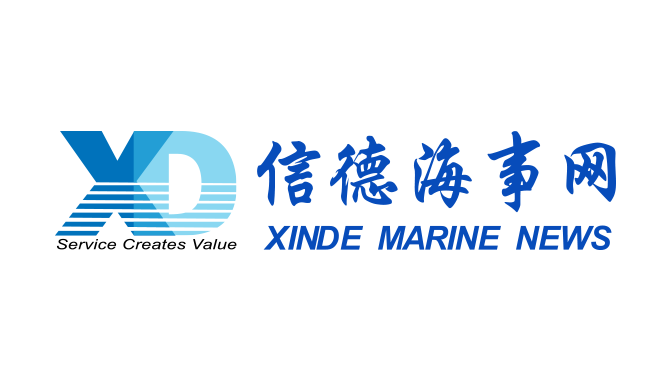 WOODSIDE AND CHINA RESOURCES AGREE LONG-TERM LNG SU
WOODSIDE AND CHINA RESOURCES AGREE LONG-TERM LNG SU 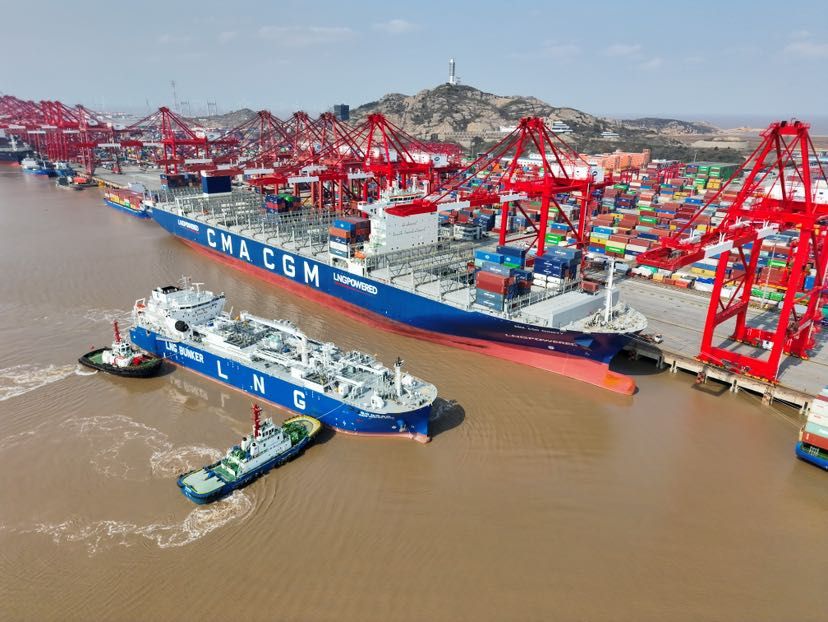 Shanghai Yangshan Port Bunkered Two LNG Powered Con
Shanghai Yangshan Port Bunkered Two LNG Powered Con 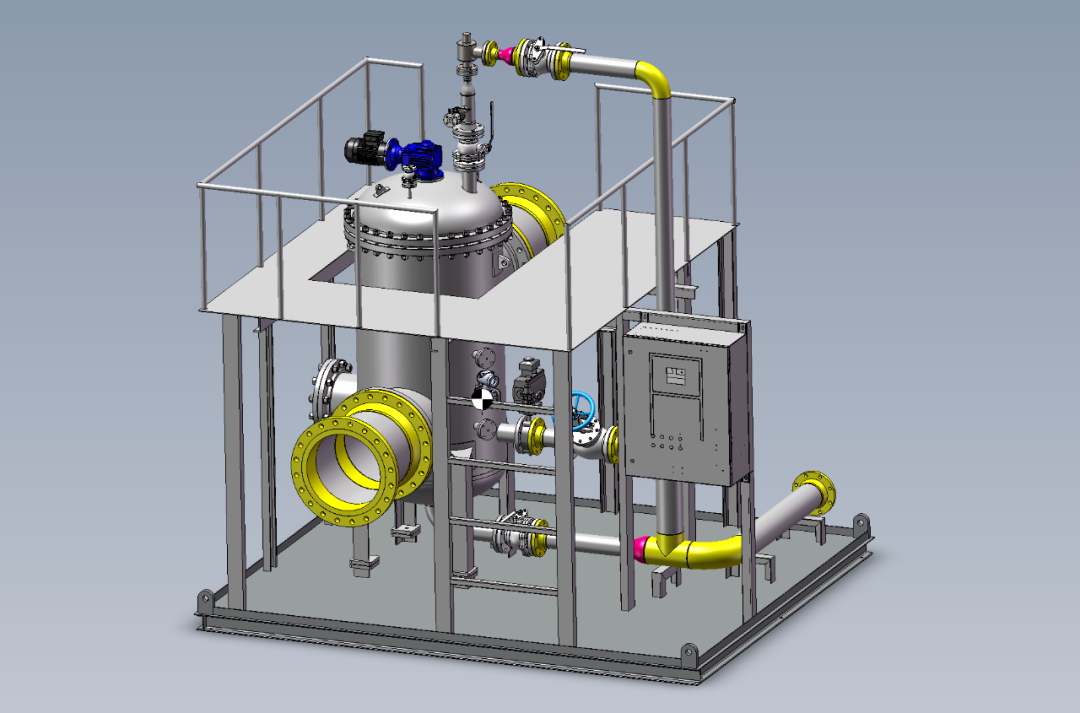 Headway successfully delivers filtration skid solut
Headway successfully delivers filtration skid solut  Celebrating the Launch of “Green Energy Pearl” –
Celebrating the Launch of “Green Energy Pearl” – 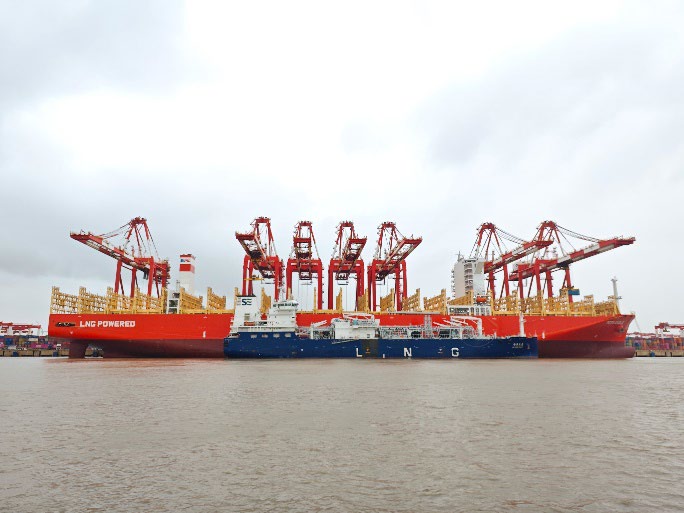 PIL and SSES complete the inaugural LNG bunkering o
PIL and SSES complete the inaugural LNG bunkering o 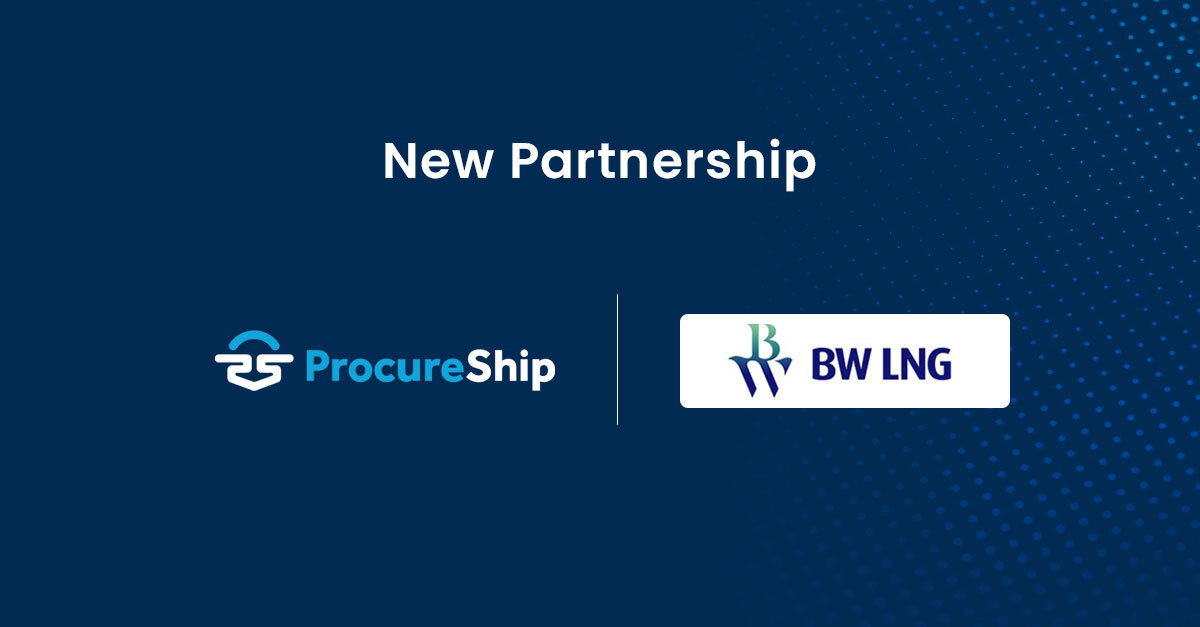 BW LNG secures e-procurement deal with Procureship
BW LNG secures e-procurement deal with Procureship